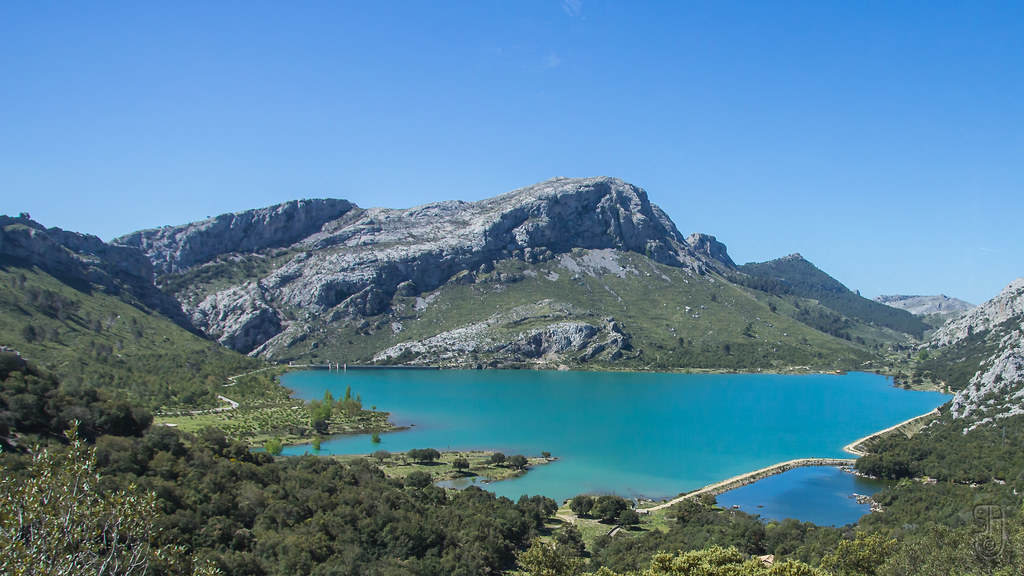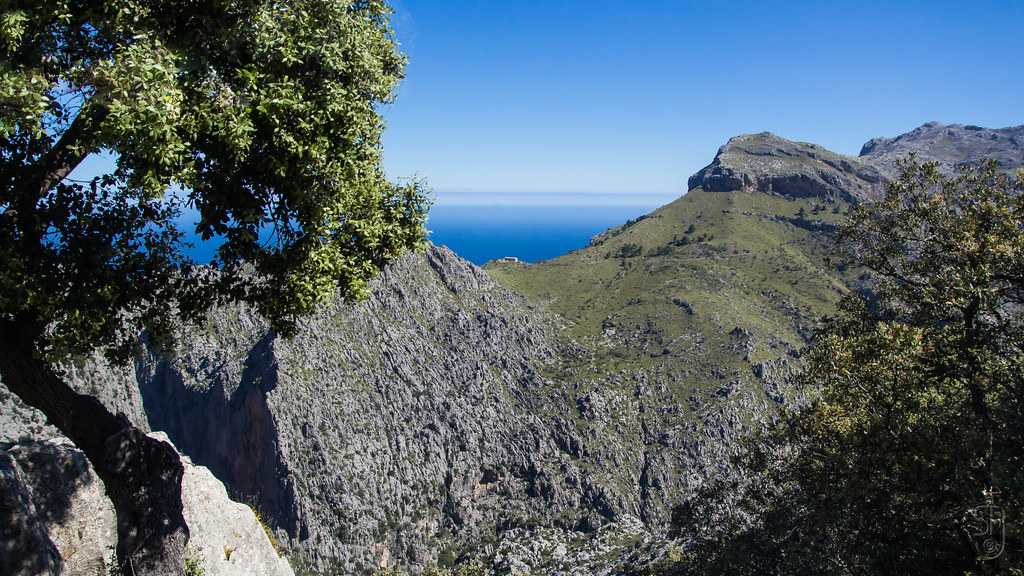Visit the Serra de Tramuntana and its incredible landscape. The way it has been adapted by humans to turn a rugged and inhospitable terrain into a livelihood-supporting environment is well worth seeing. It’s only natural that visitors will want to take a closer look, and what they’ll find is not so much an untamed wilderness but a historic landscape that has changed little since the Moors made their home here in medieval times.

Shaped by man and nature
Visit the Serra de Tramuntana and its incredible landscape. The way it has been adapted by humans to turn a rugged and inhospitable terrain into a livelihood-supporting environment is well worth seeing. And this goes way back to the Islamic days. When you pass through the terraced farmland you’ll see channels, stone walls, storage basins and mills that were first devised by the Moors a millennium ago. It speaks to the resourcefulness of these people that the methods are still in use to this day. They implemented farming here as we see it now, and it was then perfected by the feudal system of the Christians that took over from the 1200s onwards.
This cultural and natural synthesis is the main reason the Serra de Tramuntana has been granted UNESCO World Heritage status. It’s a picturesque and sparsely populated place that also stands as an historic monument. As you walk, drive or cycle through the mountains you’ll be struck by how ancient everything feels, like the cobbled old bridleways, farm walls, hunting shelters, lighthouses and hamlets. It’s fantastic that a modern holiday destination like Mallorca can have such a large portion of its territory dominated by something that has changed little in centuries.
Something unique to the countryside here are sitges. These are old charcoal ovens next to bridleways, that would burn for days on end at a time when charcoal was an important fuel for the island. Many of these small circular buildings are still intact.
Visit Serra de Tramuntana, discover and walk
For hikers the main gateway is the charming town of Sóller, although Valldemossa and Esporles nearby also have easy access to the hills. Indeed, the convenience of the mountain range adds to its appeal. Within a leisurely half-hour by car rental from Palma you’ll be on a road that twists past peaks that are taller than Mount Snowdon and Ben Nevis. And the same applies to the towns in the mountains – in just a few short steps you’ll be on a mountain trail through a forest of Aleppo pines, with herds of semi-wild goats crossing the path. Wild herbs like thyme and rosemary grow beside the trail; boars, deer and birds of prey make their home here. In cultivated areas citrus, almond, carob and olive groves are clustered on steep terraces.
There are a whopping 20 different trails coursing through the Serra de Tramuntana from Sóller alone. It’s no exaggeration that you can set off in any direction you like and be in nature. You could walk north to the port, west to the small villages on the terraced coast, south to the formidable peak of Alfabia, or east to charming Fornalutx via trails 13, 12 or 7. Detailed maps and itineraries can, of course, be bought in Palma, or provided at the tourism office in Sóller.
Day-hikers make up most of the traffic, but there is a trail, the 135km Dry Stone Route, which is an eight-day undertaking between Andratx in the west and Pollensa in the east. The task is made a little easier thanks to refuges, set in old Mallorcan farmhouses, which provide comfortable accommodation and a home-cooked meal each night. This challenge is best attempted in spring or autumn. In summer temperatures can be scorching, while snowfall is common throughout the winter.
Attractions in the mountains
By winding upland roads you can appreciate the majesty of the peaks here on the way to a number of interesting attractions and towns. Lluc, north of Inca, has a sanctuary that was once the preserve of monks, but can now be enjoyed by anyone. There’s a lush botanic garden here – the Serra de Tramuntana has a climate far damper than on the plain – and the prestigious choir school has a history that stretches back to the first years after the Christian re-conquest in the 1200s. Valldemossa is the beautiful old town where Chopin and George Sand spent a winter. Finally, Alaró Castle is also a must. It’s the ruins of a fearsome Moorish fortress that is hard to approach even today – you need to park in the town and take the PM210 path where several towers and battlements remain today.

 Sweden
Sweden

